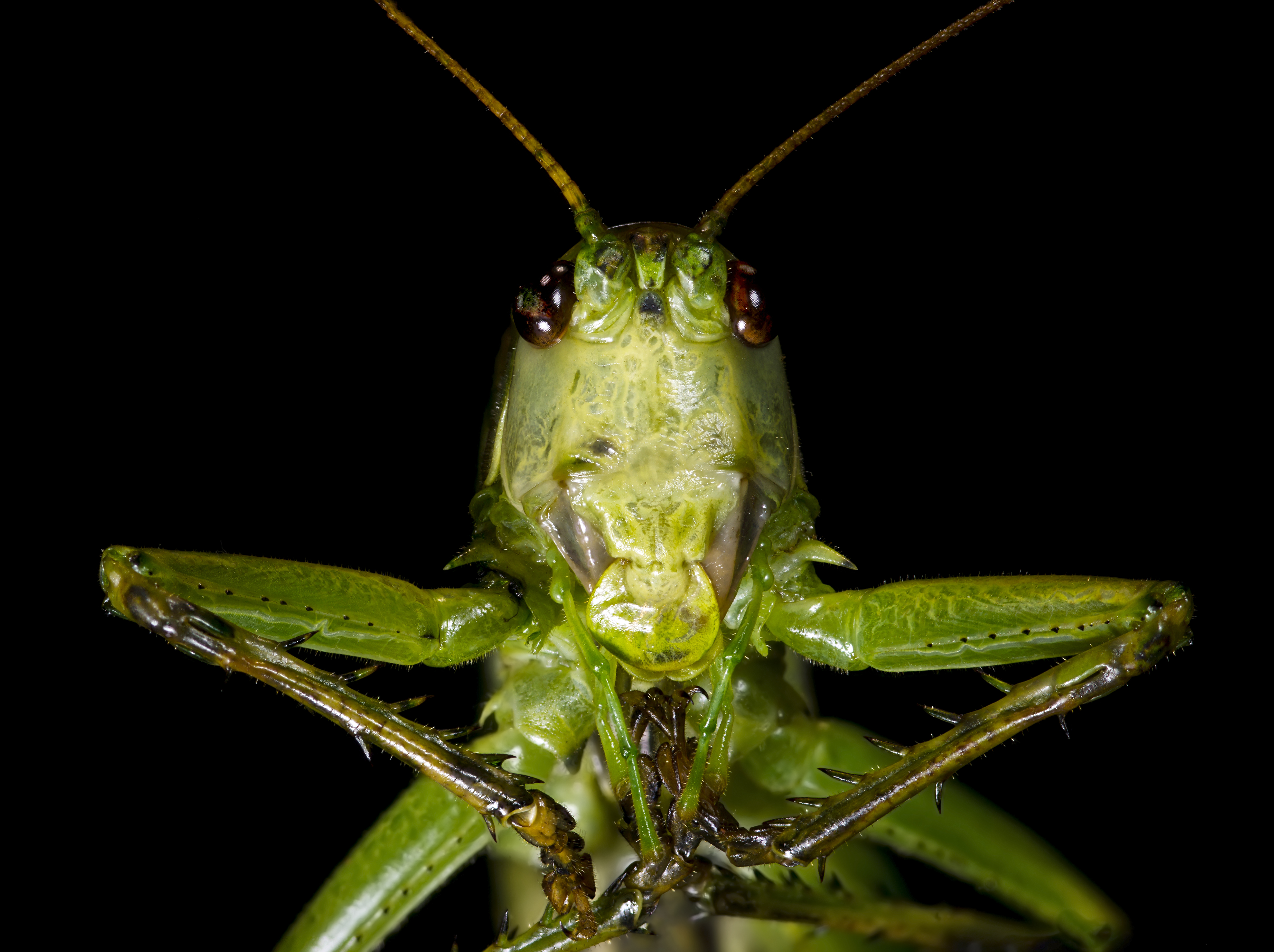|
Phyllophorinae
The PhyllophorinaeStål C (1874) ''Recensio Orthopterorum. Revue critique des Orthoptères décrits par Linné, De Geer et Thunberg 2 Locustina'': 4. is a subfamily of the bush crickets or katydids, found in east Malesia to Australia (with a record from Sri Lanka). Genera The Orthoptera Species File lists the following: # '' Hyperhomala'' Serville, 1831 # '' Microsasima'': ''M. stueberi'' de Jong, 1972 # '' Parasasima'': ''P. elegans'' Willemse, 1955 # ''Phyllophora'' Thunberg, 1815 # '' Phyllophorella'' Karny, 1924 # '' Phyllophorina'' Karny, 1924 # ''Sasima Sasima ( grc, Σάσιμα) was a town of ancient Cappadocia and in the late Roman province of Cappadocia Secunda, located 24 Roman miles to the south of Nazianzus. Its site is located near Hasanköy, Asiatic Turkey. History Sasima is mention ...'' Bolívar, 1903 # '' Sasimella'' Karny, 1924 # '' Sasimoides'' Karny, 1924 ''S. spinosissima'' Karny, 1924 # '' Siliquofera'' Bolívar, 1903 ''S. grandis'' (Blanchard, 18 ... [...More Info...] [...Related Items...] OR: [Wikipedia] [Google] [Baidu] |
Phyllophora (katydid)
''Phyllophora''Thunberg (1815) ''Mem. Acad. Imp. Sci. St. Peterburg'' 5:215, 219, 286 is a genus of large bush crickets typical of the subfamily Phyllophorinae The PhyllophorinaeStål C (1874) ''Recensio Orthopterorum. Revue critique des Orthoptères décrits par Linné, De Geer et Thunberg 2 Locustina'': 4. is a subfamily of the bush crickets or katydids, found in east Malesia to Australia (with a re .... Species have been recorded from: Sri Lanka, peninsular Malaysia, Malesia and Australia. Species The ''Orthoptera Species File'' lists: # '' Phyllophora acuminata'' Karny, 1924 # '' Phyllophora aequifolia'' Karny, 1924 # '' Phyllophora angustata'' Brunner von Wattenwyl, 1898 # '' Phyllophora bidentata'' Karny, 1924 # '' Phyllophora bispinosa'' Karny, 1924 # '' Phyllophora boschmai'' de Jong, 1964 # '' Phyllophora brunnea'' Kirby, 1899 # '' Phyllophora cheesmanae'' de Jong, 1972 # '' Phyllophora dubia'' Karny, 1924 # '' Phyllophora eburneiguttata'' Kirby, 1899 # '' Phyllo ... [...More Info...] [...Related Items...] OR: [Wikipedia] [Google] [Baidu] |
Siliquofera
''Siliquofera'' is a monotypic genus of bush crickets in the subfamily Phyllophorinae. The ''Orthoptera species file'' includes only one species ''Siliquofera grandis'', which Blanchard named in 1853, originally placing it the genus ''Phyllophora''.Blanchard E (1853) In Hombron & Jacquinot d. ''Voyage au Pole Sud et dans l' Océanie sur les Corvettes l' Astrolabe et la Zélée exècuté par ordre du roi pendant les années 1837-1838-1839-1840'' 364. English names names have included the "hooded bush cricket" and "giant katydid" indicating its size and the shape of the pronotum. This insect is sometimes kept in captivity, surviving on food plants such as bramble, but the species originates from New Guinea; the type locality was described as "Hollandia" (Jayapura Jayapura (formerly Dutch: ''Hollandia'') is the capital and largest city of the Indonesian province of Papua. It is situated on the northern coast of New Guinea island and covers an area of . The city borders ... [...More Info...] [...Related Items...] OR: [Wikipedia] [Google] [Baidu] |
Tettigoniidae
Insects in the family Tettigoniidae are commonly called katydids (especially in North America), or bush crickets. They have previously been known as "long-horned grasshoppers". More than 8,000 species are known. Part of the suborder Ensifera, the Tettigoniidae are the only extant (living) family in the superfamily Tettigonioidea. They are primarily nocturnal in habit with strident mating calls. Many species exhibit mimicry and camouflage, commonly with shapes and colors similar to leaves. Etymology The family name Tettigoniidae is derived from the genus '' Tettigonia'', first described by Carl Linnaeus in 1758. In Latin ''tettigonia'' means a kind of small cicada, leafhopper; it is from the Greek τεττιγόνιον ''tettigonion'', the diminutive of the imitative ( onomatopoeic) τέττιξ, ''tettix'', cicada. All of these names such as ''tettix'' with repeated sounds are onomatopoeic, imitating the stridulation of these insects. The common name ''katydid'' is also on ... [...More Info...] [...Related Items...] OR: [Wikipedia] [Google] [Baidu] |
Malesia
Malesia is a biogeographical region straddling the Equator and the boundaries of the Indomalayan and Australasian realms, and also a phytogeographical floristic region in the Paleotropical Kingdom. It has been given different definitions. The World Geographical Scheme for Recording Plant Distributions split off Papuasia in its 2001 version. Floristic province Malesia was first identified as a floristic region that included the Malay Peninsula, the Malay Archipelago, New Guinea, and the Bismarck Archipelago, based on a shared tropical flora derived mostly from Asia but also with numerous elements of the Antarctic flora, including many species in the southern conifer families Podocarpaceae and Araucariaceae. The floristic region overlaps four distinct mammalian faunal regions. The first edition of the World Geographical Scheme for Recording Plant Distributions (WGSRPD) used this definition, but in the second edition of 2001, New Guinea and the Bismarck Archipelago we ... [...More Info...] [...Related Items...] OR: [Wikipedia] [Google] [Baidu] |
Sasima (katydid)
Sasima ( grc, Σάσιμα) was a town of ancient Cappadocia and in the late Roman province of Cappadocia Secunda, located 24 Roman miles to the south of Nazianzus. Its site is located near Hasanköy, Asiatic Turkey. History Sasima is mentioned in only three non-religious documents: "Itiner. Anton.", 144; "Itiner. Hiersol.", 577; Hierocles, 700, 6. The very small town is known for being the first see of St. Gregory of Nazianzus who was appointed to it by his friend St. Basil as an aspect of Basil's conflict with Anthimus. Gregory was there only briefly, if at all. Anthimus, bishop of Tyana, had claimed status as an archbishop and jurisdiction over Sasima after the Emperor Valens divided Cappadocia into two parts. Anthimus appointed a competing claimant bishop for Sasima to whom Gregory effectively ceded the town. All the Greek '' Notitiae episcopatuum'' consider Sasima part of Cappadocia Secunda, as does the '' Annuario Pontificio'', making it a suffragan of Tyana.''Annu ... [...More Info...] [...Related Items...] OR: [Wikipedia] [Google] [Baidu] |
